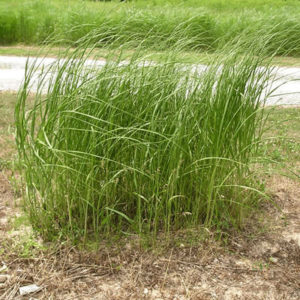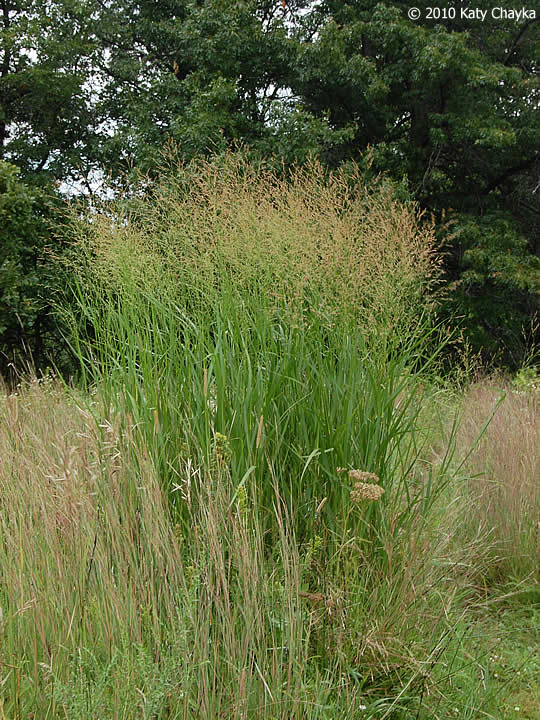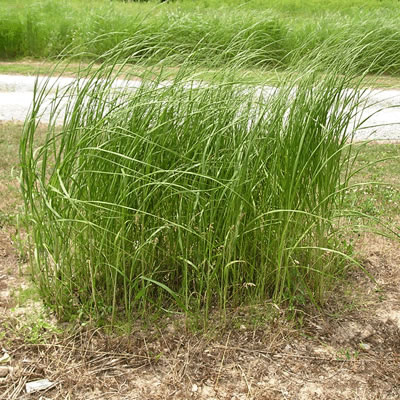Sustainability Partnership with the University of St. Thomas Plant Biology Class
This guide was created as part of a Sustainability Partnership between the Spring 2017 Biology of Plants as Food & Medicine class at the University of St. Thomas and Master Water Stewards program. The goal is to help community volunteers create perimeter gardens for urban agricultural sites to help attract pollinators, reduce runoff, and to help the local environment. Most of the plants included in this document are native to North America, particularly in Minnesota. If they are not native to North America, then it will be noted by an *.
For a pdf version of this guide, click here.

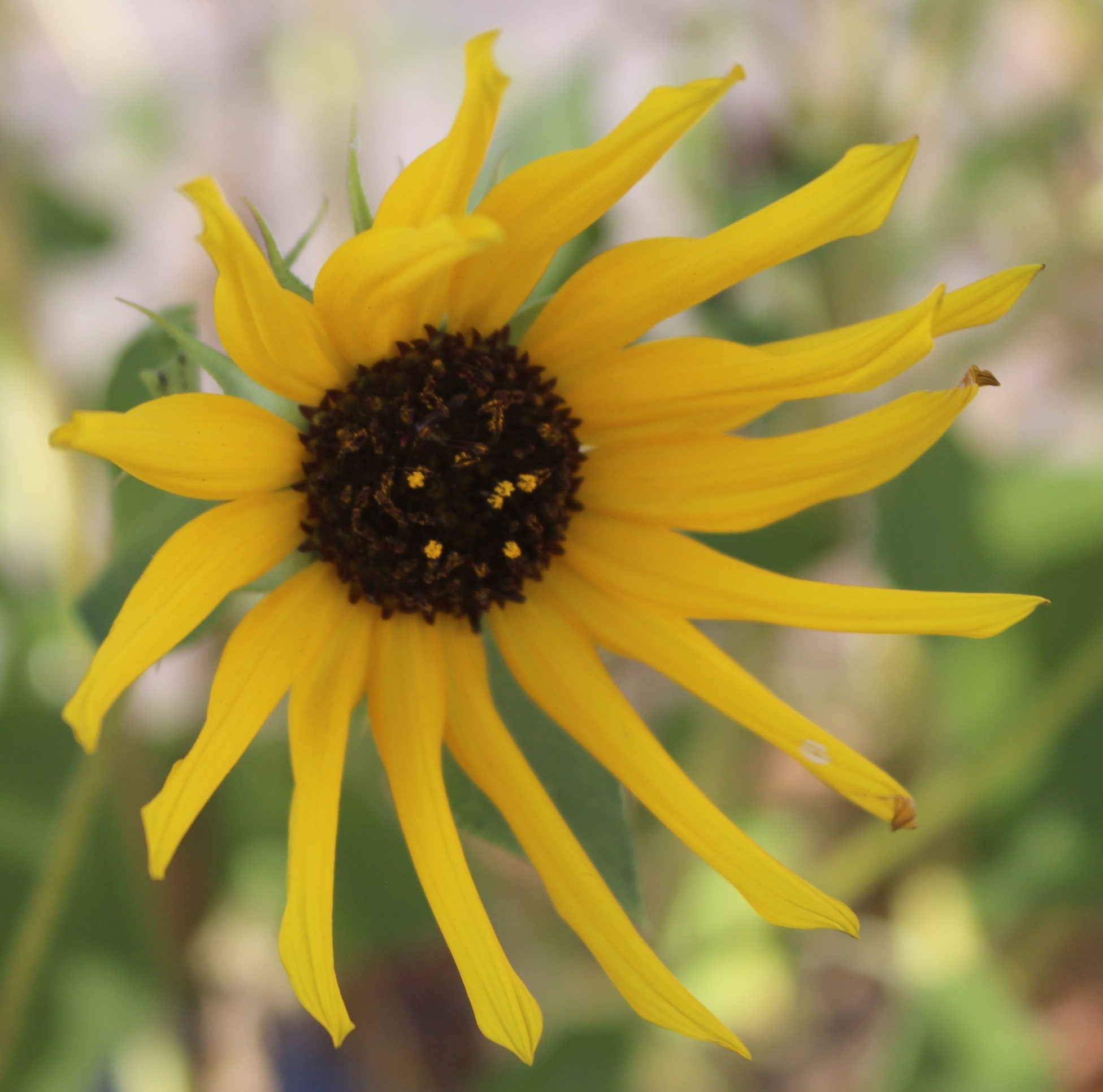
Introduction
Every garden requires a different group of plants and a different design to act as a balance to each unique system. In planning a perimeter garden, one must consider topography, what is being grown, and the ecosystem around the garden in order to reap maximum benefits. This guide is a reference for individuals looking to construct their own garden based on their own individual needs. If the garden has a slope in one direction, then it might be best to have plants designed for nutrient capture on the lower end of that slope. If one is hoping for a high yield for a vegetable garden, attracting beneficials and pollinators may be the best course of action.
When considering the local environment, one must not just consider the amount of sun or rainfall an area gets, but also the plants and animals that live in the area as well. Of course, examining when plants flower for visual appeal is one aspect, but also if one plant requires a lot of one nutrient or has very long roots then diversifying plants with that in mind can help create the healthiest perimeter garden. This guide is laid out for you to consider your needs, whether that be a specific benefit of the plant, its visual appeal, or creating a low maintenance garden. Best of luck creating your own perimeter garden!
Table of Contents
Nutrient Capture Plants
Pollinators
Beneficials
Conclusion
Bibliography
Nutrient Capture Plants
Why Worry About Nutrient Capture?
When compost, manure, and fertilizer break down, nutrients like nitrogen, phosphorus, and suspended solids flow into the watershed. The excess nutrients then feed algal blooms in rivers, resulting in the death of fish and other wildlife; this is called a dead zone. In order to prevent the creation of dead zones, it is important to plant species that excel at nutrient capture.
Plant qualities important to nutrient capture include: deep and thick root systems, perennial plants, and high nitrogen uptake. Listed in this catalog with pictures are three native plants that are most effective at nutrient capture (as well as some attractive native plants with deep root systems). Other options are listed within the chart. These plants are all perennials and will likely be some of the larger plants in the garden; a few scattered throughout will make for a great backdrop to pollinator and beneficial attractant plants. Due to the movement of water, the perimeter garden’s ability to absorb excess nutrients greatly depends on the topography of the site. Gardens should be planted on slopes, in ditches, and downhill from the agricultural site. If the selected area is located on a hill, or other areas susceptible to erosion, there should be a higher ratio of nutrient plants : pollinator/beneficial plants.
Switchgrass (Panicum virgatum)
- Perennial
- Height: 36 ft.
- Full sun to part shade
- Root depth: up to 11 ft.
- Highly recommended
- One of most effective root systems
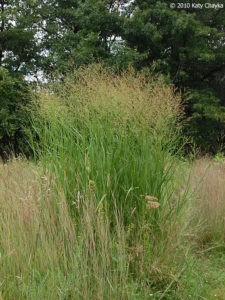
Prairie Cordgrass (Spartina pectinata)
- Perennial
- Height: 38 ft.
- Full sun to part shade
- Root depth: up to 9 ft.
- Highly recommended
- One of most effective root systems
